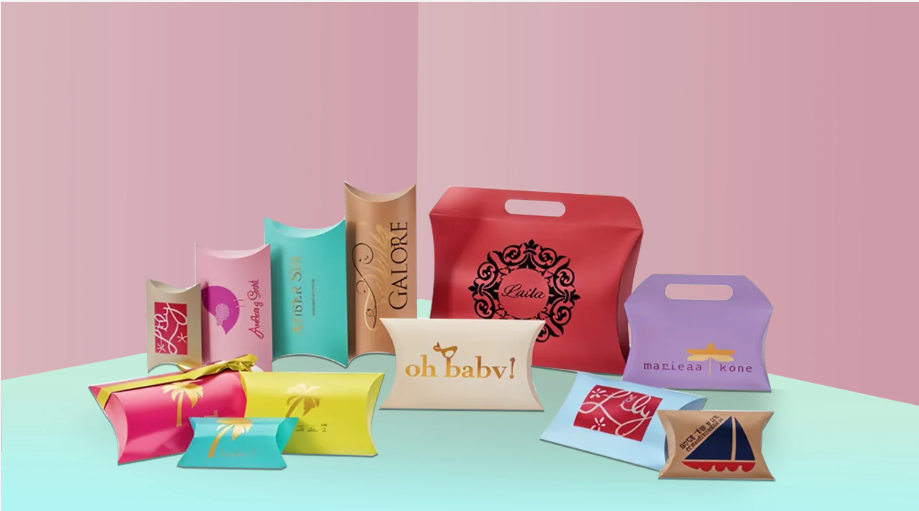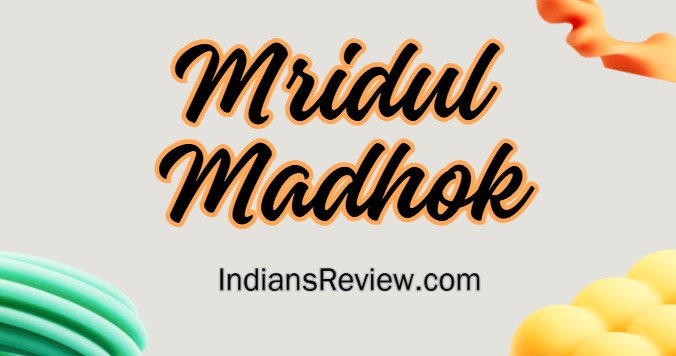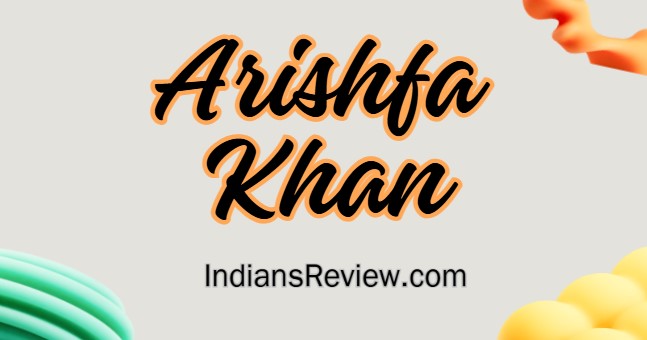
Eco Revolution: The Rise of Sustainable Hoodie Materials
Consumers are demanding more transparency in fashion. Sustainability is no longer optional; it`s a major trend. Brands are responding by introducing eco-friendly alternatives to traditional hoodie materials.
Sustainable hoodies aim to reduce waste, carbon footprints, and resource consumption. The shift supports global efforts to fight climate change and reduce environmental damage linked to textile production.
Hoodies made from organic cotton, bamboo, or recycled fibers appeal to environmentally conscious shoppers. This appeal influences fashion houses to adopt more eco-forward materials in their hoodie lines.
Popular Eco-Friendly Hoodie Fabrics
Organic cotton is one of the top materials used in sustainable hoodies. It`s grown without pesticides and uses less water, making it more planet-friendly than traditional cotton.
Recycled polyester, made from plastic bottles, offers durability without new resource extraction. It supports waste reduction while keeping performance levels high in hoodie production.
Bamboo fabric is another fast-growing favorite. It`s soft, renewable, and biodegradable, making it ideal for sustainable hoodie lovers who care about comfort and the environment.
Why Brands Are Going Green with Hoodies
Sustainability enhances brand loyalty. Customers admire companies that take eco-initiatives seriously, which boosts reputation and long-term customer engagement in the fashion industry.
Switching to sustainable materials also attracts media attention. It positions hoodie brands as forward-thinking and committed to ethical business practices.
Costs may be higher initially, but many brands find long-term savings and customer satisfaction outweigh the early investment in sustainable production.
Future Trends in Sustainable Hoodie Design
Tech integration and smart textiles will play a role in the sustainable hoodie market. Innovations will merge comfort, eco-awareness, and digital functionality.
Expect to see more limited-run, local production hoodies. These help reduce carbon emissions from long-distance shipping and support community-based manufacturing.
Designers are embracing minimalism to limit waste and overproduction. This approach ensures every hoodie produced has a specific demand, reducing unsold inventory.
FAQs
What are the most eco-friendly materials for hoodies?
Organic cotton, bamboo, recycled polyester, and hemp are considered top sustainable choices for hoodie production.
Is sustainable fashion more expensive?
Yes, it can be. However, many consumers find the quality, ethics, and long-term value worth the extra cost.
Why is recycled polyester used in hoodies?
Recycled polyester reduces plastic waste and energy use while maintaining fabric durability for activewear and casual fashion.
Are sustainable hoodies really better for the planet?
Yes. They minimize water use, pollution, and landfill waste, supporting a healthier environment over time.
Can I find stylish sustainable hoodies?
Absolutely. Many fashion-forward brands now offer trendy, eco-conscious hoodies that don’t compromise on style or quality.






















About Admin
This post has been published by the admin of our website, responsible for content management, quality checks, and providing valuable information to our users.